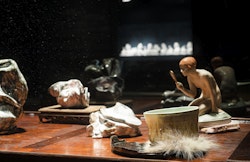
Discover
Discover new artists, articles and other craft related topics. Use the tags to search all contents.
Ceramic Stories

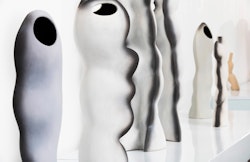
Elisabeth von Krogh: Playing with Form

Sidsel Hanum: A Journey into the Tiniest Details
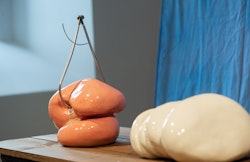
Erika Stöckel: Power of the Oppressed Body
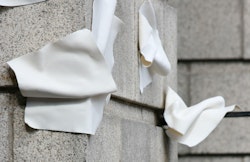
Lillian Tørlen: Meeting the Public Where They Are
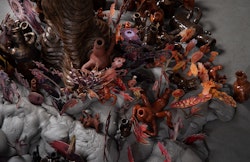
Ingrid Askeland and Hilde Jørgensen: The Morning After The Night Before
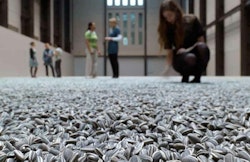
Beyond G(l)aze
Excellence in Craft
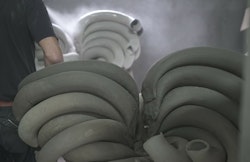
Torbjørn Kvasbø: Ceramic Expressionism
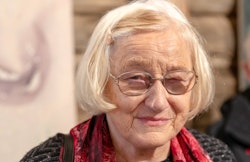
Weaving the Wild: the Work of Brit Fuglevaag
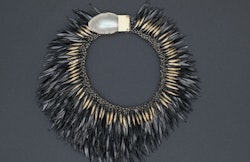
Tone Vigeland: Hands on
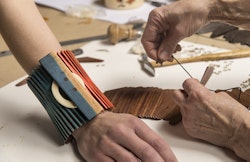
Liv Blåvarp: Touch Wood
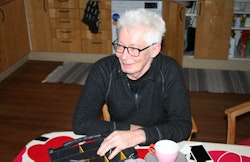
Perisak Juuso
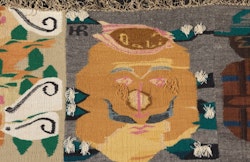
Hannah Ryggen's Popularity
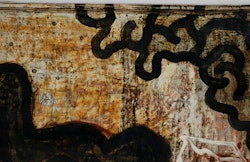
Marit Tingleff: Serving up Stories with Chances
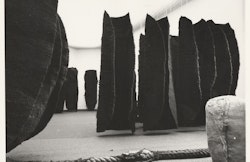
Magdalena Abakanowicz and the Norwegian Art Scene: Style Creator or Liberating Role Model?

At Home with Elisa Helland-Hansen
Ceramicist Elisa Helland-Hansen lives and works on the same plot of land in Rosendal, southeast of Bergen, Norway. Her home and workshop epitomise safety, openness, and creativity, offering an impressive view of the fjord. Here, she creates her distinctive functional ceramics, which have garnered fans worldwide. In this interview by co-editor Charlotte Jul, we meet Elisa Helland-Hansen at home.

A Q&A with Ceramicist Ine Vik
Ine Vik is an Oslo-based ceramicist working with local clay, found or foraged materials and wood-firing. The resulting work is alluring in its simplicity. Co-editor Charlotte Jul reached out to Ine Vik to ask her a few questions about her practice, and her love for what some people call “old man’s ceramics”.

The Anagama Dragon and the Phoenix Fast Fire
In this observation from October 2024 by Jenny Hamrell, an MA student at Oslo National Academy of the Arts, we witness the construction of a new Phoenix Fast Fire kiln at the Center for Ceramic Art in Venabygd, Norway, led by Norwegian ceramicist Ole Morten Rokvam.

A Baroque Fairytale of an Exhibition
Ceramic artist and curator Heidi Bjørgan's exhibition The Story of an Affair at Nordenfjeldske Kunstindustrimuseum in Trondheim is a complete installation, mixing museum artefacts, music, and scenography with new ceramic works by Bjørgan herself. In this article by art historian Jorunn Veiteberg we're invited to take a closer look at the exhibition as a cabinet of curiosities.

Lillian Tørlen: Meeting the Public Where They Are
In this interview by Tora Endestad Bjørkheim and Johnny Herbert, Norwegian artist Lillian Tørlen reveals her thoughts on materials, vases and the importance of the exhibition site.
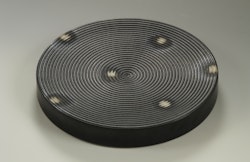
Jens Erland: Man/Machine
Under the term ‘composite ceramics’, artist Jens Erland combines mechanical elements, performance, and industrial materials into ceramic sculptures and objects. In this interview by Mariann Enge we’re introduced to his work, and how coincidence and growing up close to agricultural industry shaped his path to ceramic art.
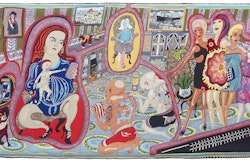
Grayson Perry: The Mad Potter
British artist Grayson Perry is a television star and transvestite whose best friend is a teddy bear. But he believes that making ceramic vases is far more provocative. In this interview by Kristin Valla we get an insight into his practice as a ceramic and textile artist.

Elisabeth von Krogh: Playing with Form
In this interview Elisabeth von Krogh talks about caricatured expressions, optical illusions and the vessel as form.
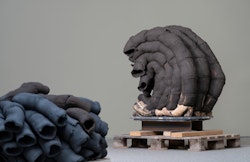
Bergen: Rupture and Movement
In this article, Anne Britt Ylvisåker writes about the craft artists Marit Tingleff, Kari Dyrdal and Torbjørn Kvasbø and their strong connection and impact on the development of the craft education in Bergen, Norway.

Marit Tingleff: Serving up Stories with Chances
Marit Tingleff makes large earthenware dishes that won’t fit on a dining table. In this interview by Christer Dynna she relates this format to the porcelain and fine china that was once part of a broad culture and tradition carried mainly by women, and which has since been relegated to flea markets or – at best – the kitchen cupboard.
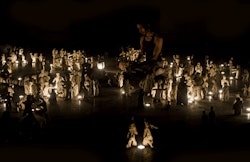
Ahmed Umar: Starting from Stories
In this interview, matt lambert converses with multidisciplinary artist Ahmed Umar on materiality, craft-based art, and how storytelling emerges as a form of activism in Umar's artistic practice.

Ingrid Askeland and Hilde Jørgensen: The Morning After The Night Before
In this essay, art critic Tommy Olsson reflects on Ingrid Askeland and Hilde Jørgensen's exhibition Manic Monday, a dystopian installation of ceramic sculptures, photography and collage, that was on display at Kunstnerforbundet in Oslo in the autumn of 2019.

Sidsel Hanum: A Journey into the Tiniest Details
In this interview by Lars Elton with ceramicist Sidsel Hanum we learn about her work using liquid porcelain and a technique known as horning, which allows her to construct vessels and objects, laced with intricate detail.

Torbjørn Kvasbø: Ceramic Expressionism
Torbjørn Kvasbø defines himself as an abstract expressionist and is known for burning his monumental sculptures in the large, woodburning kiln in his backyard. In this interview by André Gali, we learn about Torbjørn Kvasbø’s road to ceramics and how exhibiting, networking, and teaching, across three continents, has contributed to his standing as one of the world’s leading ceramic artists.

Erika Stöckel: Power of the Oppressed Body
In this conversation between curator and artistic director Maria Ragnestam and artist Erika Stöckel we learn more about how Stöckel builds her large-scale ceramic installations, starting from a theme and using historical photography, cultural preconditions, and shame as her inspiration.

Beyond G(l)aze
In this conversation we meet the curator team behind the Sino-Norwegian ceramics exhibition Beyond G(l)aze, consisting of two Norwegian and two Chinese curators: Heidi Bjørgan, Bjørn Inge Follevaag, Feng Boyi and Wang Dong. Here they discuss their experience working with the exhibition, after the initial showing of the exhibition in China.
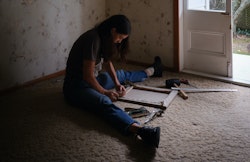
Texture of Practice: Raukura Turei
Whakapapa is a Māori framework that places us within the world. It encompasses all relationships we experience and guides our knowledge and connection to whānau (family), hītori (history), tikanga (customs) and philosophies. In this presentation by Raukura Turei we are introduced to the whakapapa of her practice, and how the materials she uses in her work connects her both to her tīpuna (ancestors) and the whenua (land).
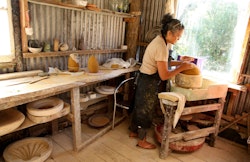
Texture of Practice: Dorothy Waetford
Whakapapa is a Māori framework that places us within the world. It encompasses all relationships we experience and guides our knowledge and connection to whānau (family), hītori (history), tikanga (customs) and philosophies. In this presentation by artist Dorothy Waetford we are introduced to the whakapapa of her practice and how it is informed by her background as a dancer, and her local surroundings and whānau (family).